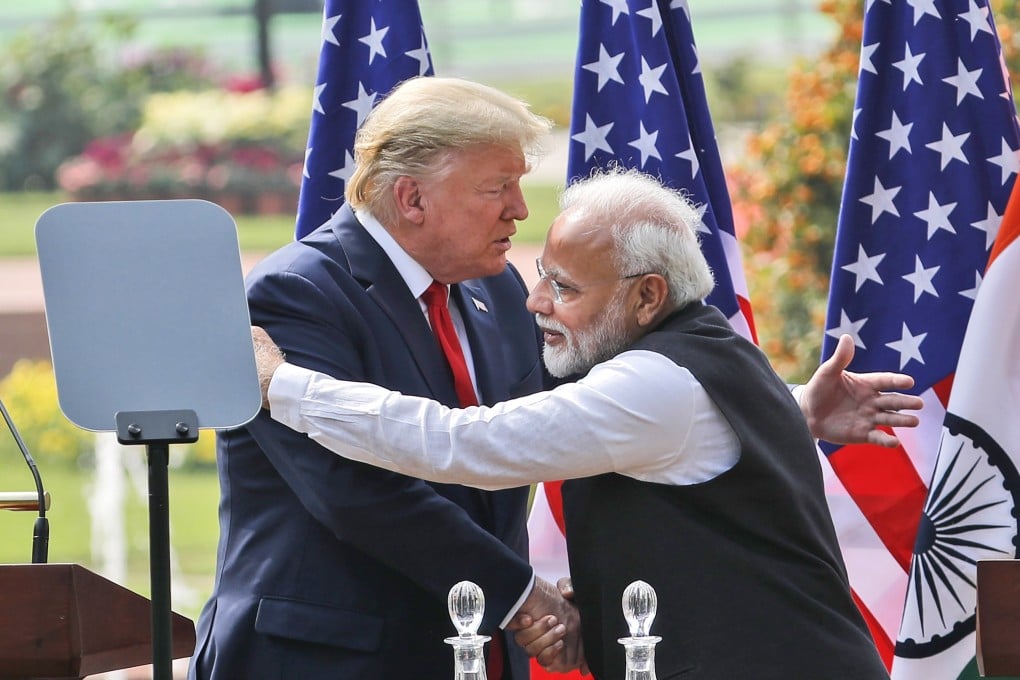Opinion | US-India relations: Biden should embrace Trump’s example and see India as a balance against China
- India can absorb some of the supply chains moving out of China, which would enhance its economic ability to take on its regional rival
- The Trump administration was proactive in expanding the US-India partnership, and Biden should build on this to bolster New Delhi’s role

In the policy world, there is a tendency to separate issues such as economics and security because of the bureaucratic process of policymaking. The declassified documents on the US strategy for the Indo-Pacific are no different: they clearly outline India’s role as a regional balancer in the region.
However, the focus is limited to conventional security challenges, defence collaboration and improving military interoperability between partners in the region. In a part of the world that accounts for 60 per cent of maritime trade, it is vital to focus on trade and economics.
They all rely on China for even some basic needs. The pandemic exposed their vulnerabilities to supply chain disruptions and their overreliance on the Chinese economy, both for imports and exports.

02:14
Japan-US hold joint military drills including cyberwarfare training as concerns about China grow
India can play that role of regional economic balancer by partly absorbing the supply chains moving out of China. This will enhance its economic ability to take on China and serve as an alternative market for Quad nations.
